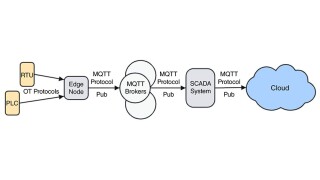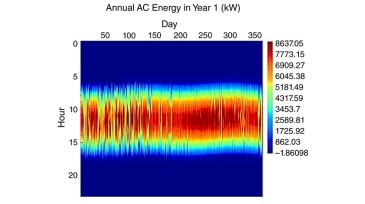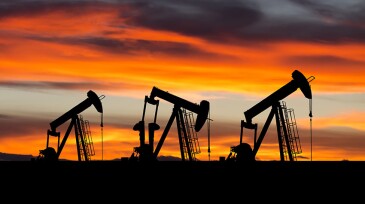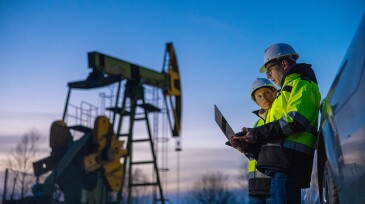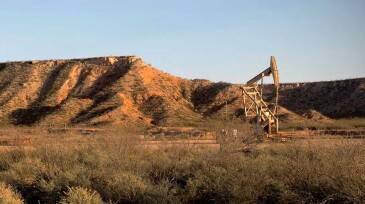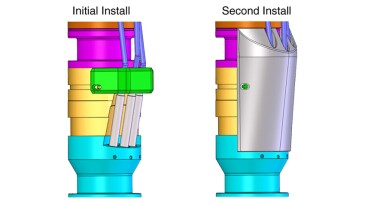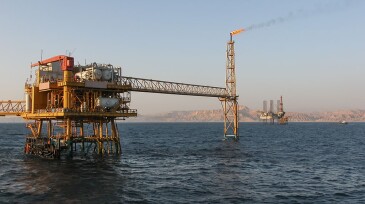Artificial lift
This paper presents a case study highlighting the demonstration, refinement, and implementation of a machine-learning algorithm to optimize multiple electrical-submersible-pump wells in the Permian Basin.
This paper presents a closed-loop iterative well-by-well gas lift optimization workflow deployed to more than 1,300 operator wells in the Permian Basin.
This paper explores the use of machine learning in predicting pump statuses, offering probabilistic assessments for each dynacard, automating real-time analysis, and facilitating early detection of pump damage.
-
This paper discusses a new type of mechanical gas separator for electrical submersible pump systems that increases operating flow range and separation efficiency while decreasing erosion problems and improving reliability.
-
This paper presents an approach using artificial neural networks to predict the discharge pressure of electrical submersible pumps.
-
This paper aims to analyze the relevance of wind and solar energy for the supply of artificial lift systems on offshore platforms in the Brazilian equatorial region.
-
The papers described here focus on novel unconventional horizontal downhole pump card signatures, carbon reduction through alternative energy to pump wells, and predicting downhole-discharge pressure of ESPs.
-
Longtime leaders in artificial lift discuss and share their insights on the rapidly evolving segment’s past, present, and future.
-
The world of artificial lift has witnessed a remarkable revolution over the past 25 years, with many of the events and technology trends recorded in the Journal of Petroleum Technology.
-
There will always be a need for good artificial lift engineers. So, what should the next generation of its professionals be trying to pursue?
-
This article describes how Oxy developed an in-house application to handle critical production operations tasks including surveillance, optimization, downtime entry, and well testing. The application, called Nexus, allows well analysts and production engineers to manage twice the number of wells they were able to manage just 5 years ago.
-
This paper explores electrical submersible generator design considerations, theoretical underpinnings, and potential future applications.
-
The authors of this paper discuss the effectiveness of smaller port sizes and the use of dummy and Venturi valves to enhance gas lift performance and maximize recovery in mature offshore fields.


